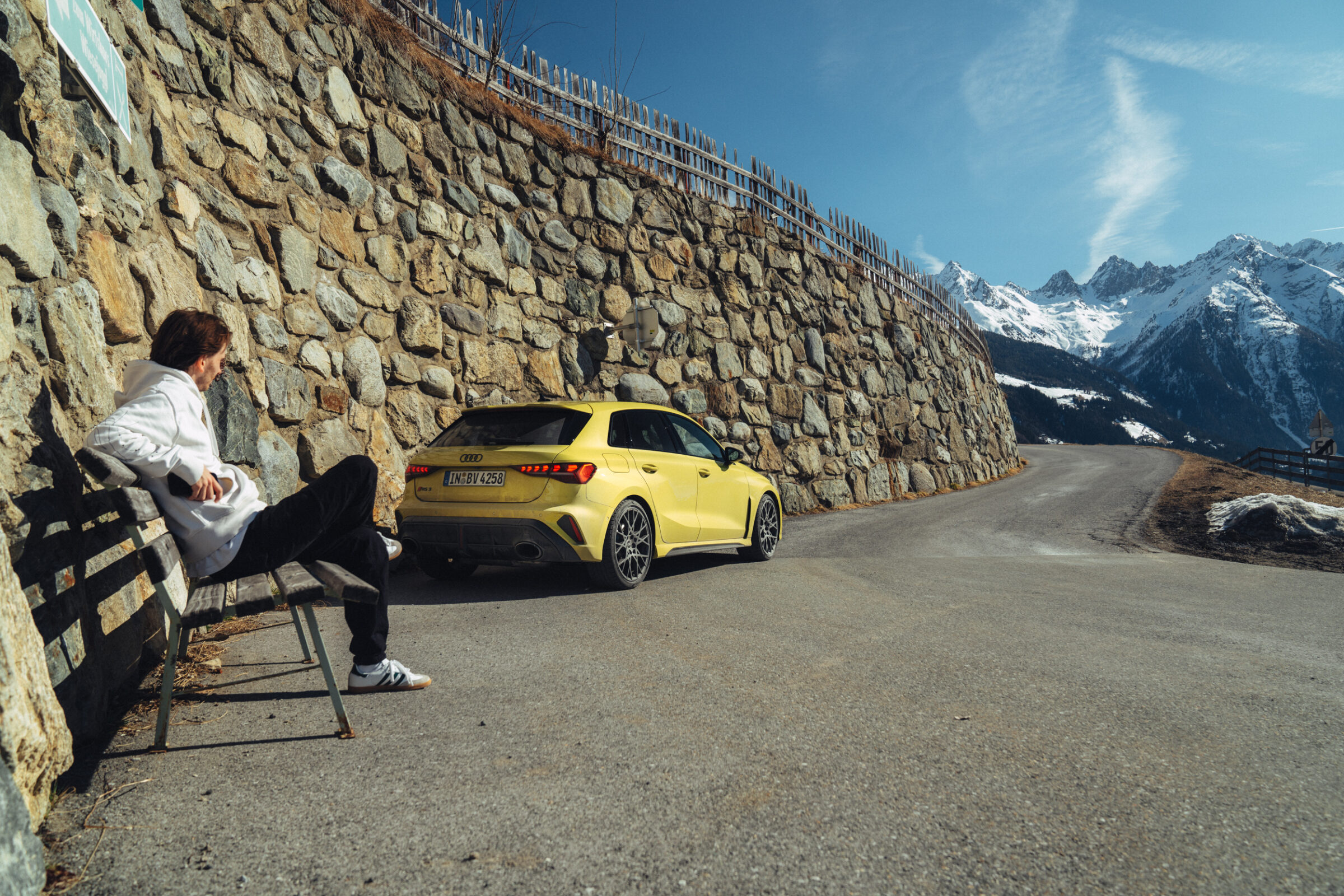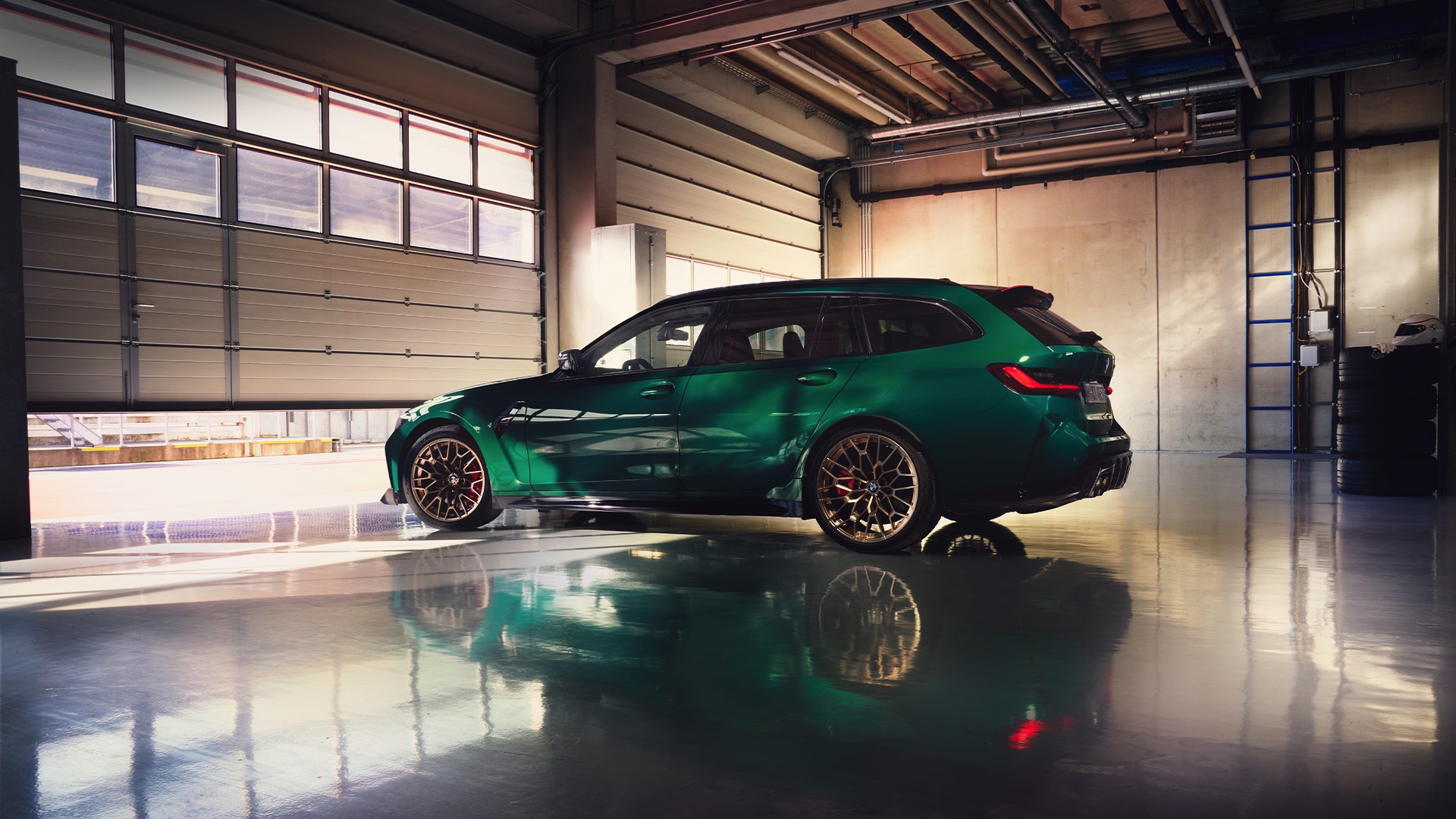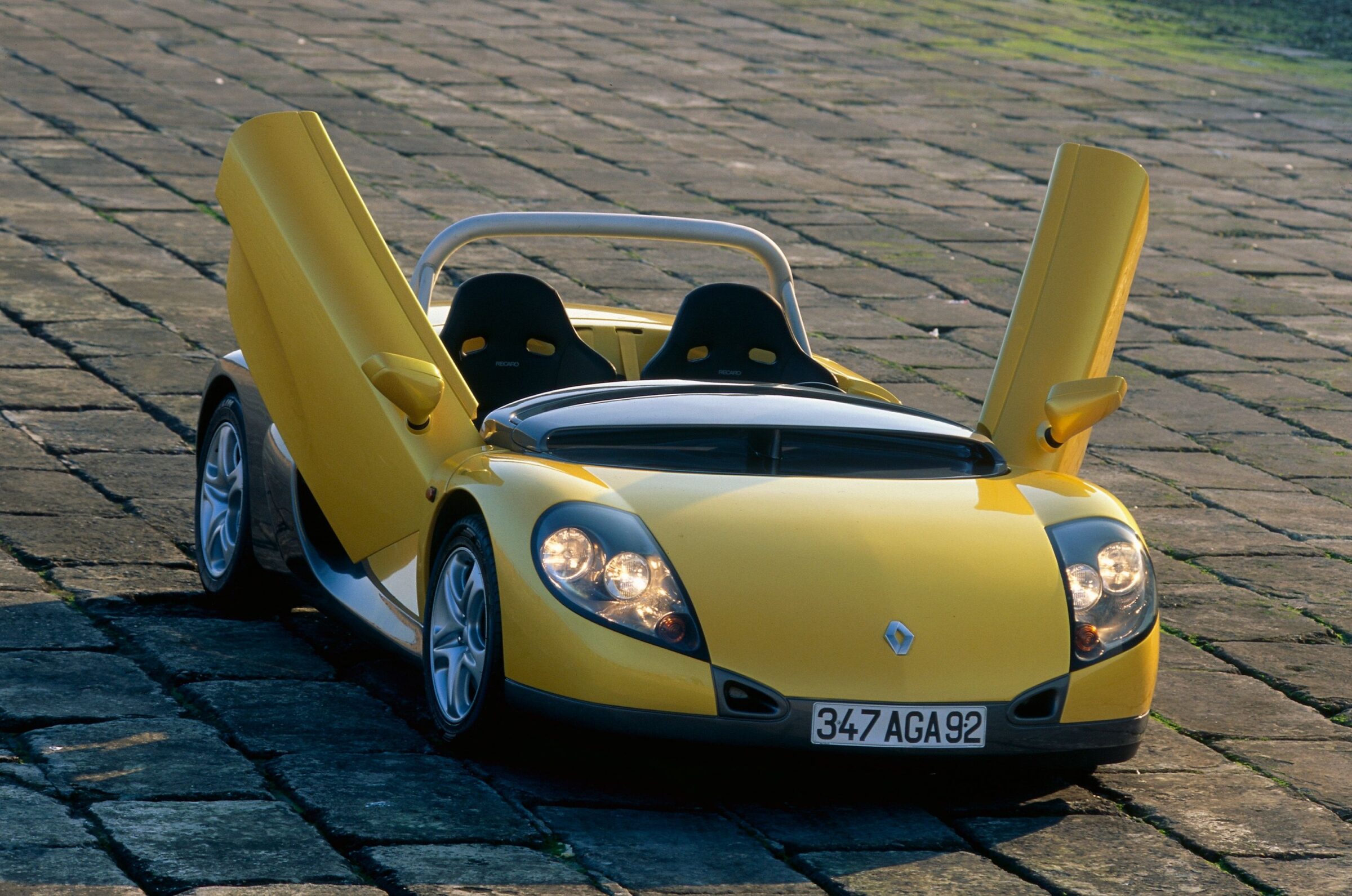30 Years of Mazda MX-3
At the end of the 1980s, the Japanese carmaker Mazda wanted to make itself sportier and more youthful. Following on from the public success of the two-seater roadster MX-5, work on other models continued in the background. At the 1991 Geneva Motor Show, a first concept car of a four-seater coupé finally made its debut as the MX-3 (last two pictures in our gallery). The BG platform of the then current 323 of the fourth model generation served as the technical basis for the most part. However, the wheelbase grew minimally by five millimeters to 2,455 millimeters and the exterior length from 3.99 to 4.22 meters compared to the three-door 323. The sporty design also meant that the coupé ducked closer to the asphalt. Overall, the MX-3 complied with Japanese regulations for vehicles just above the kei-car category, for which higher taxes were due, but not yet the highest tax rate. There, on Mazda’s home market, the car was launched in two versions in summer 1991.
Optionally with four or six cylinders
Under its new subsidiary brand Autozam, Mazda tried to appeal to younger customers in particular. Thus, the Autozam AZ-3 received the entry-level engine, a 1.5-liter four-cylinder engine, as well as lower-priced equipment. There was also the Mazda Eunos Presso, with the world’s smallest V6 engine at the time under the hood. It produced 98 kW/133 hp from a displacement of 1.85 liters. Power was transmitted to the front wheels via a five-speed manual gearbox. The European version finally made its debut at the IAA (Frankfurt Motor Show) in September 1991, and was available immediately after the show as the MX-3 with either a 1.6-liter four-cylinder engine or the aforementioned V6. In the USA the model was called MX-3 Precidia and in Australia Eunos 30X. In 1994, there was a facelift including the introduction of four disc brakes with ABS, two airbags and engine modifications. While power increased to 107 hp for the four-cylinder, it dropped to 129 hp for the V6.
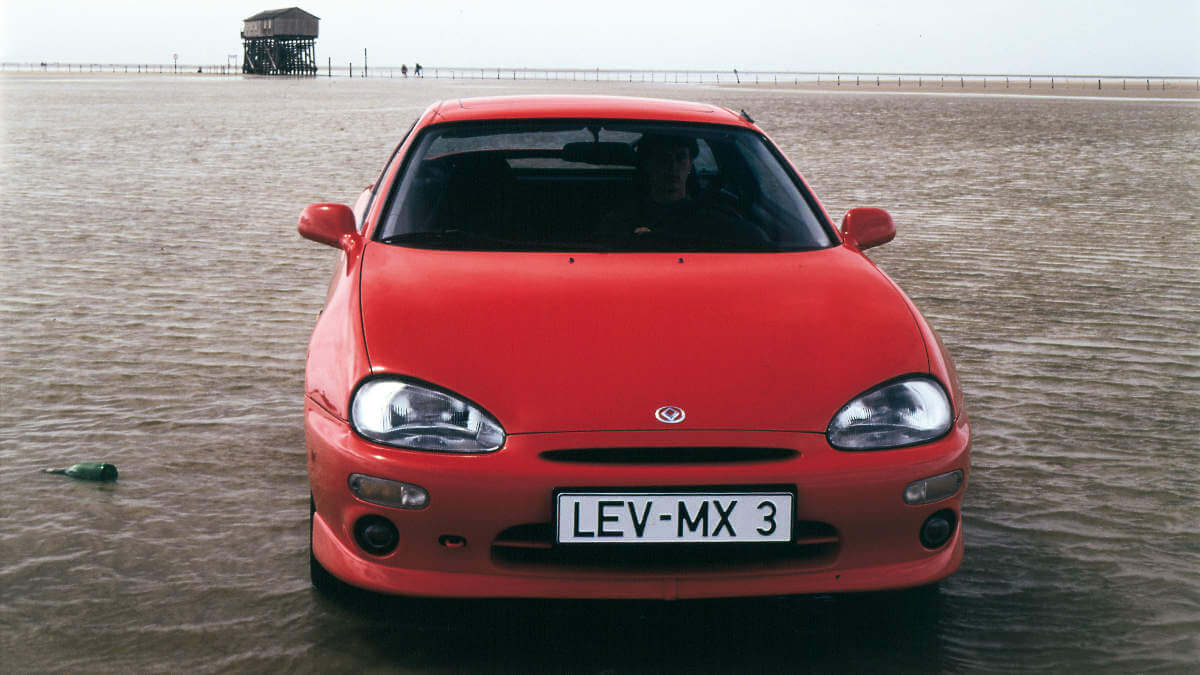

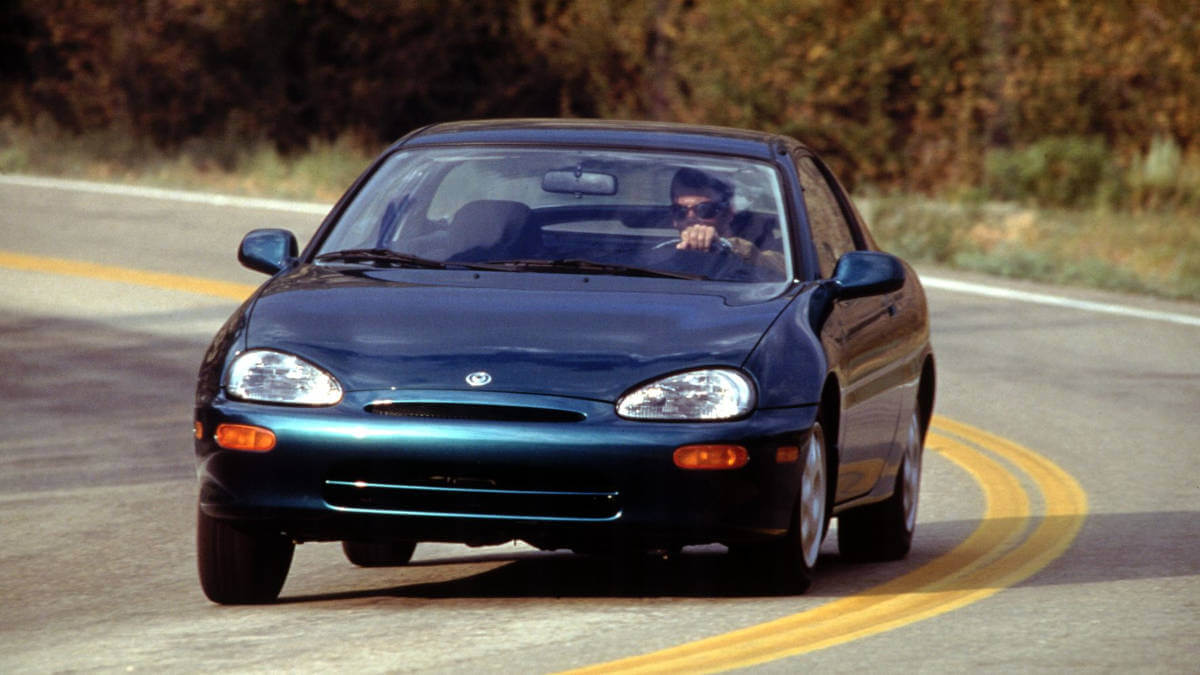

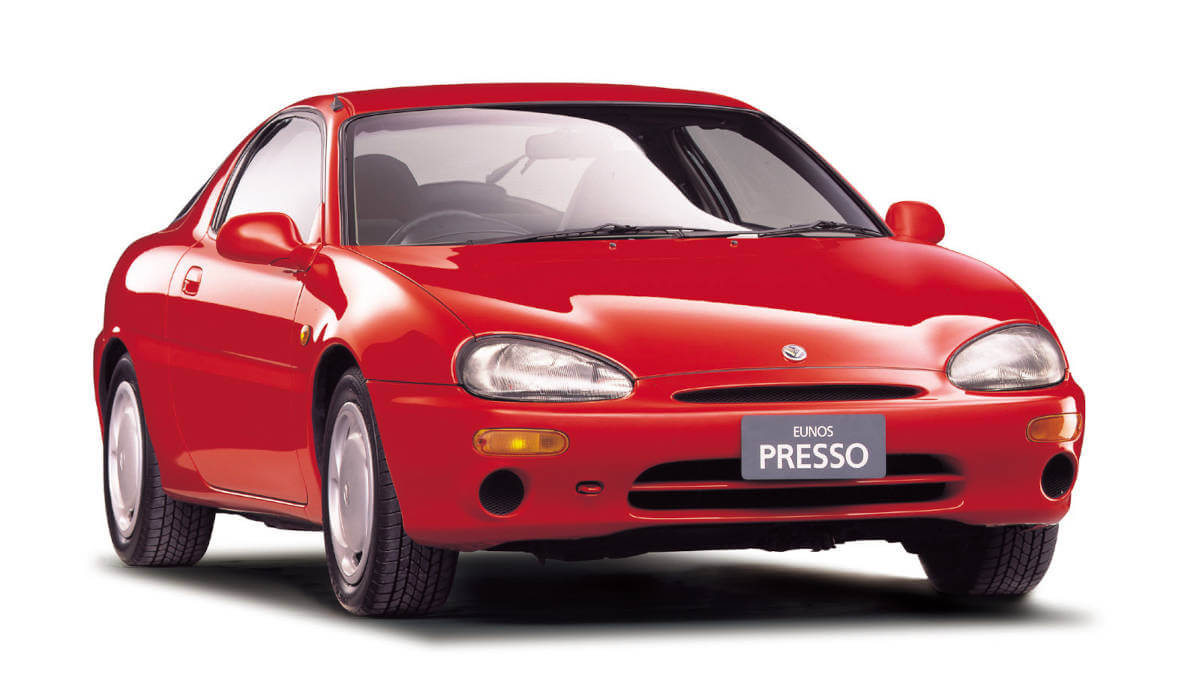

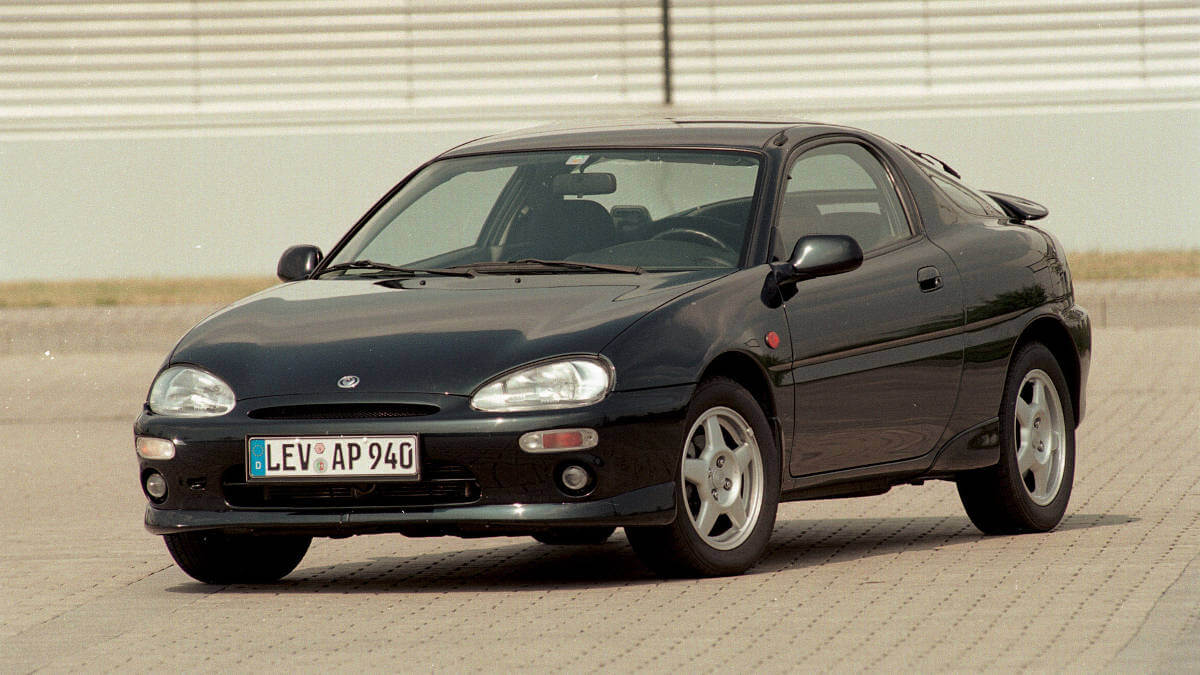

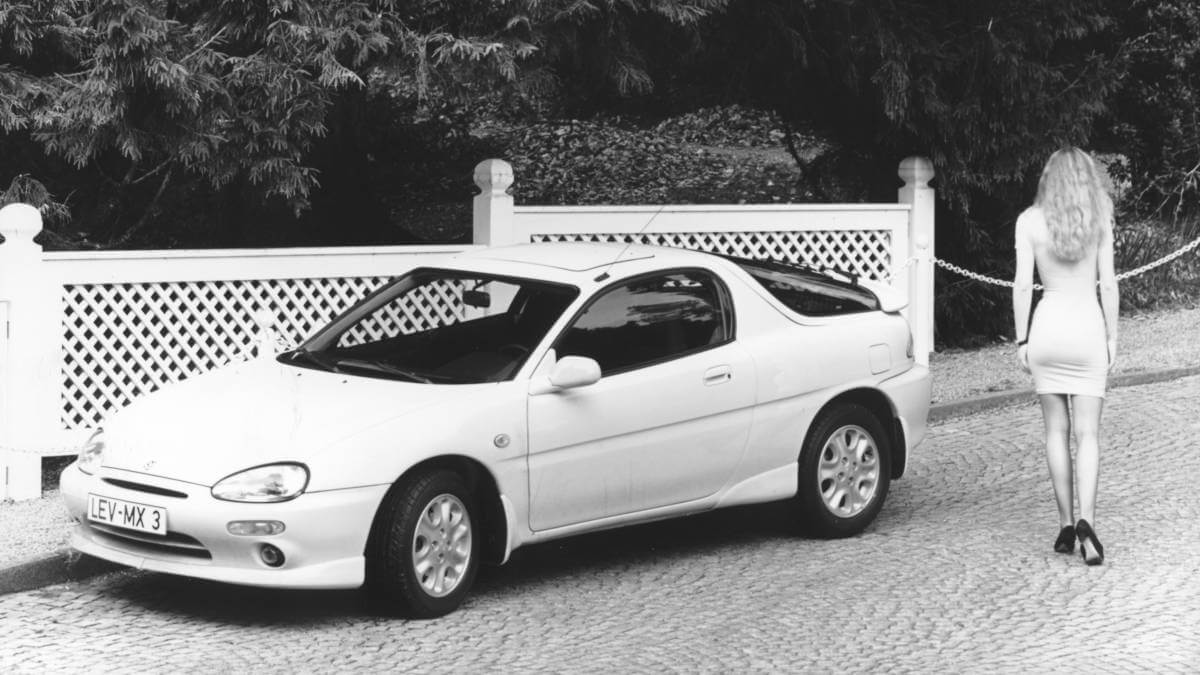

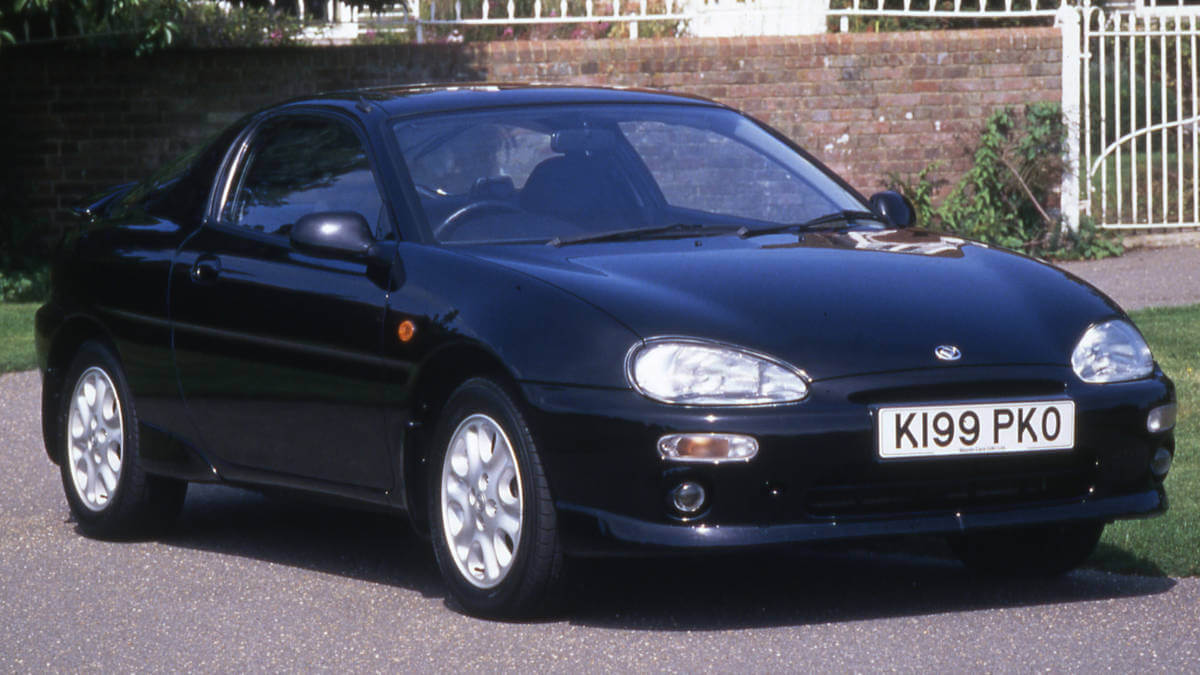

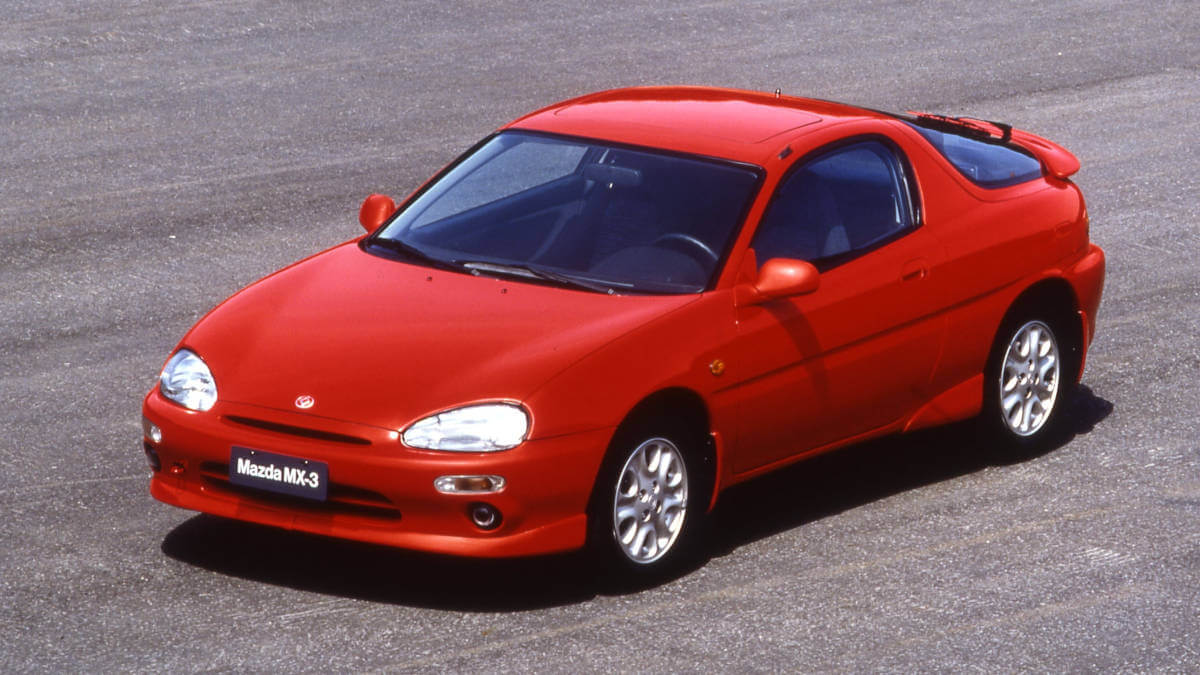

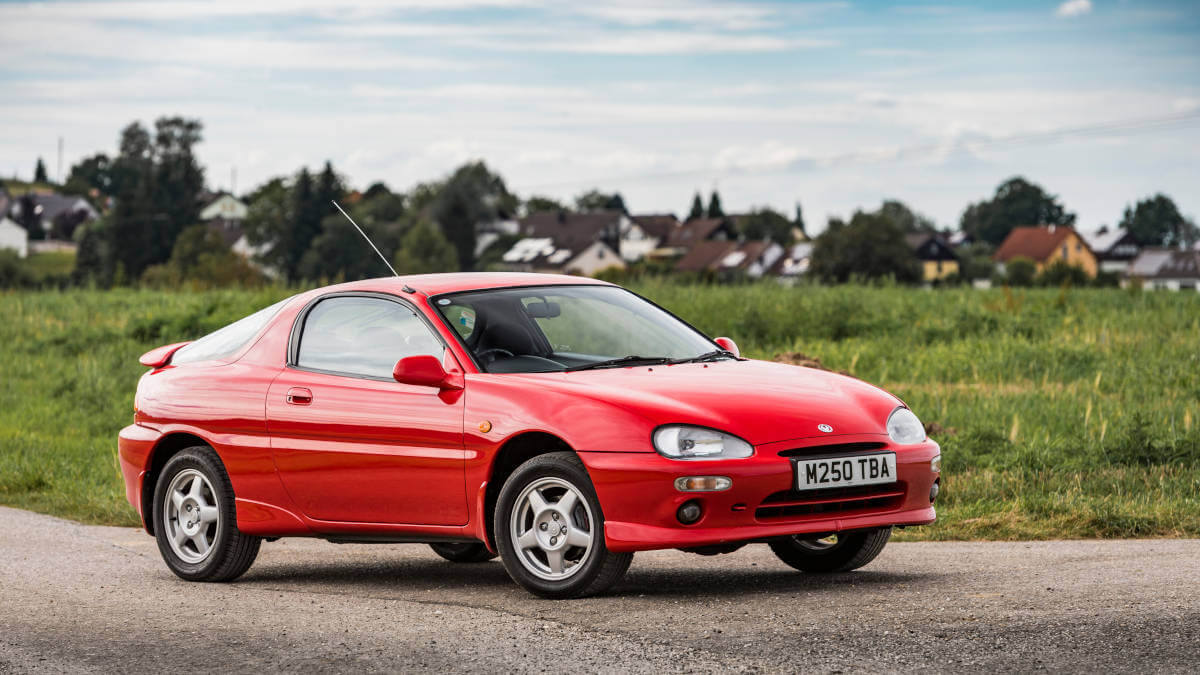

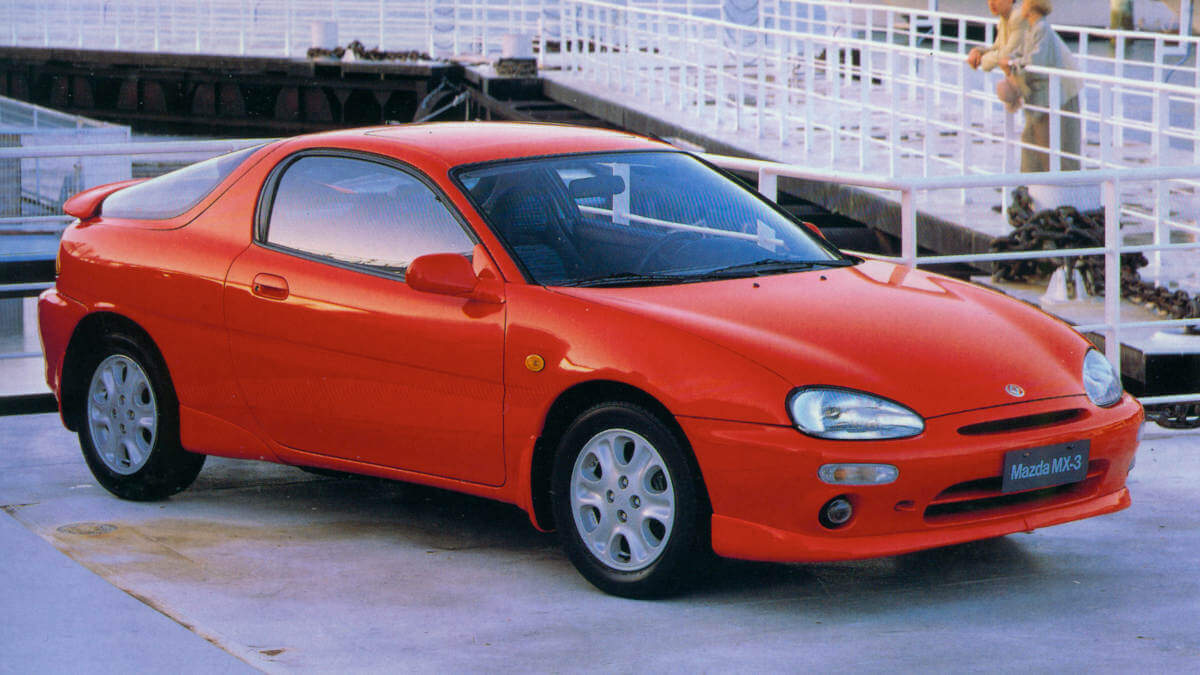

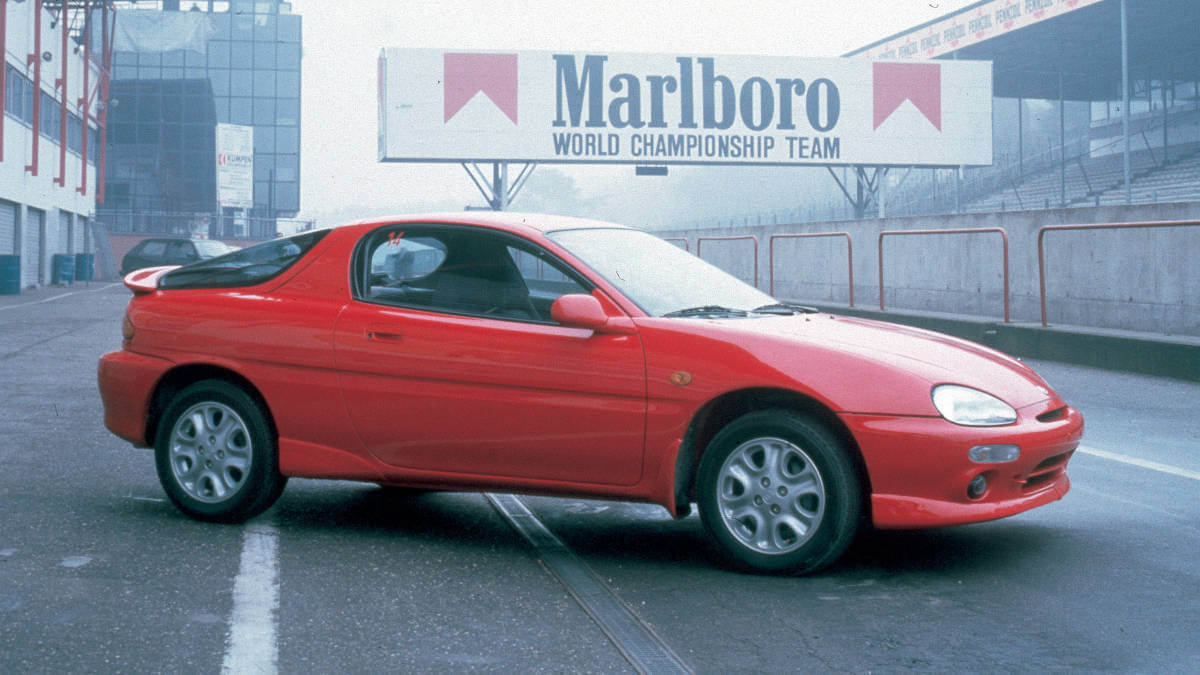

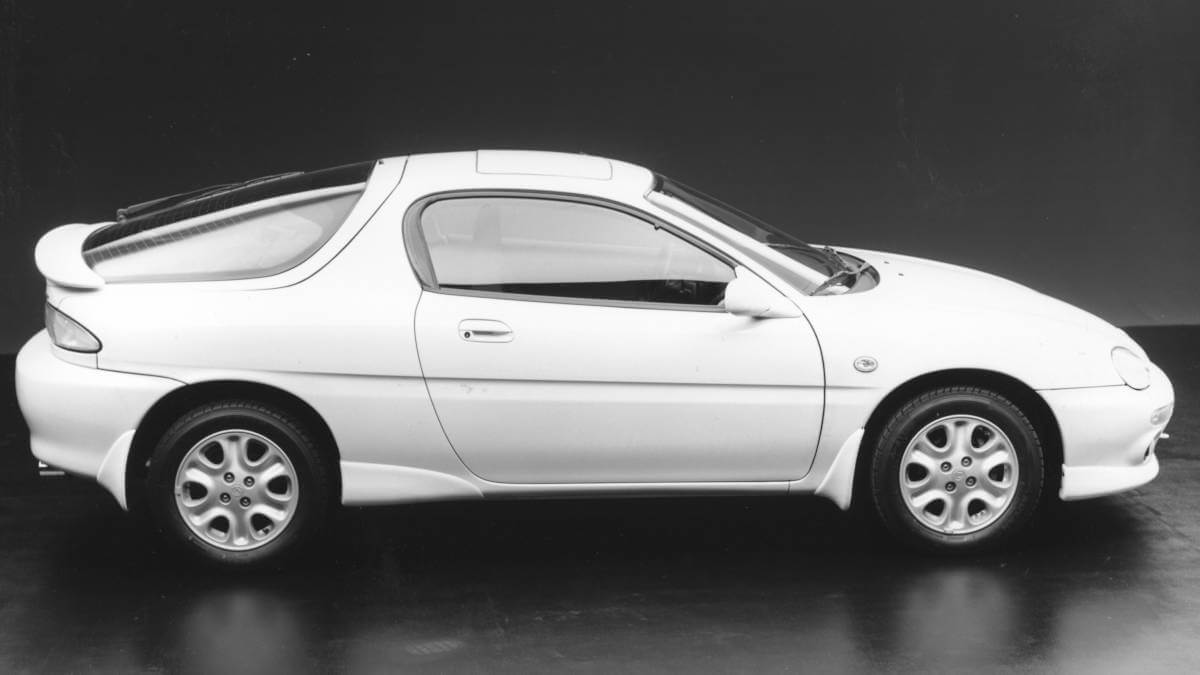

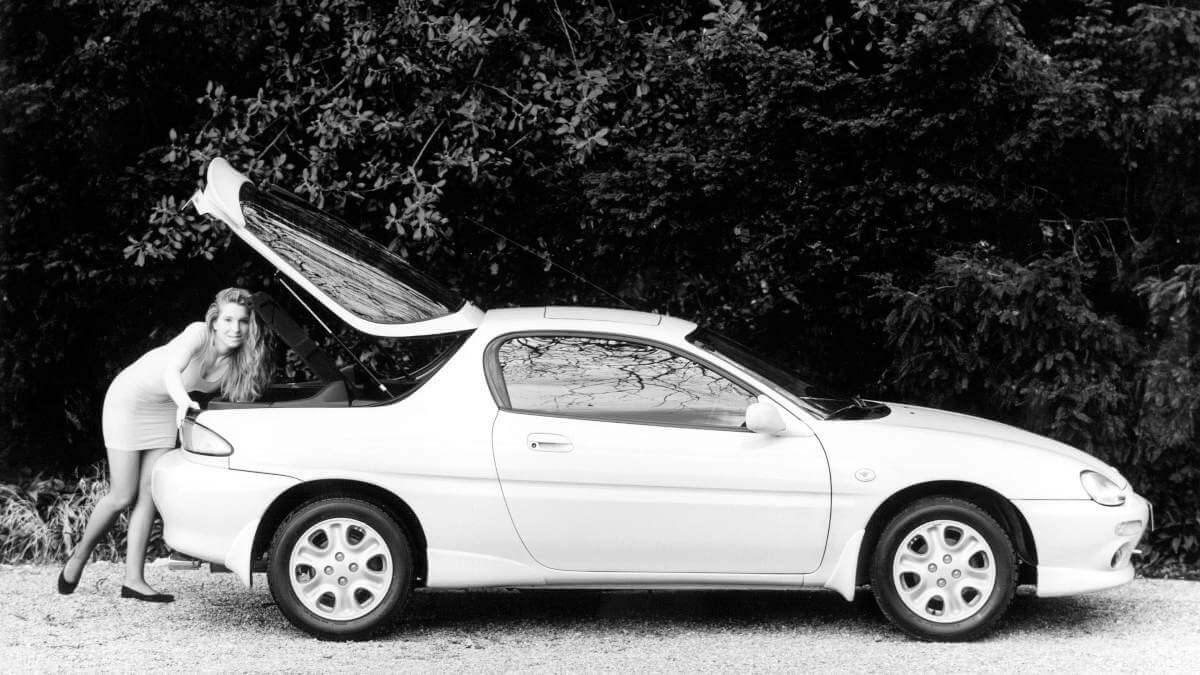

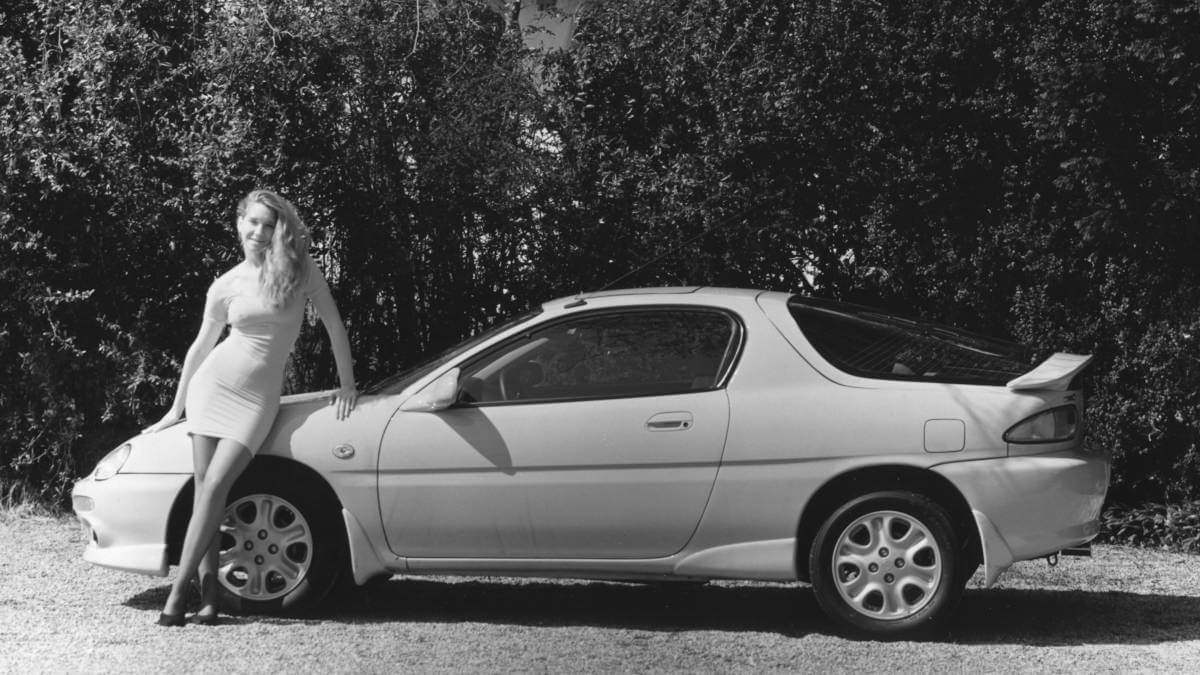

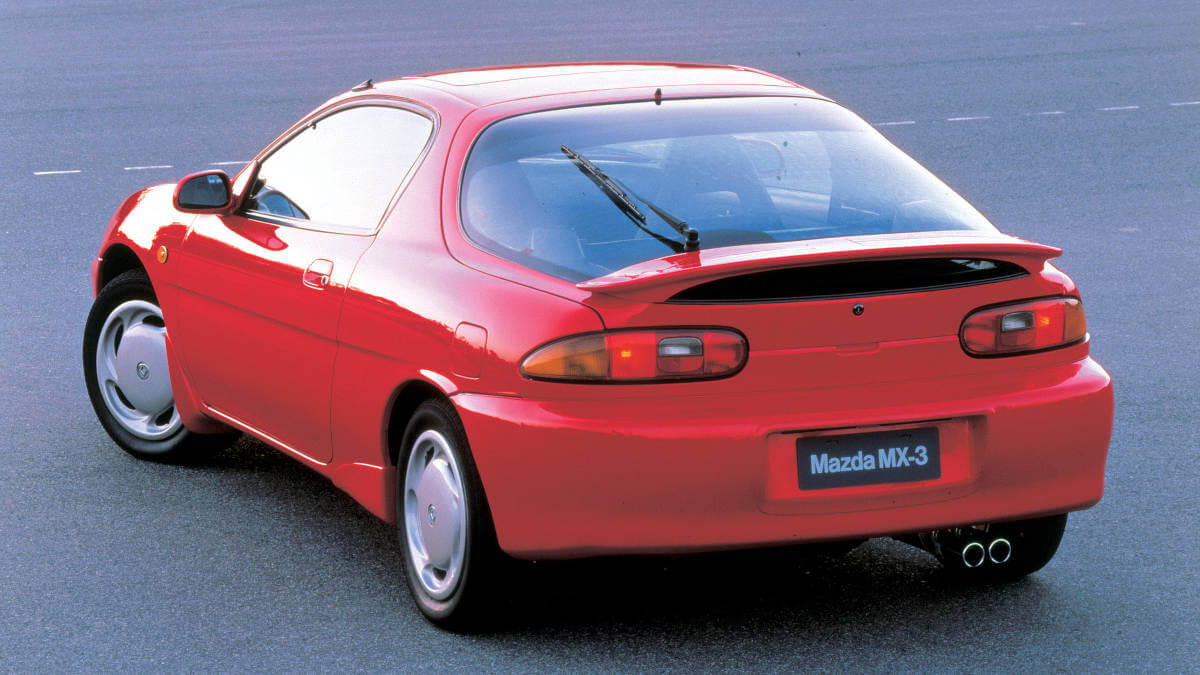

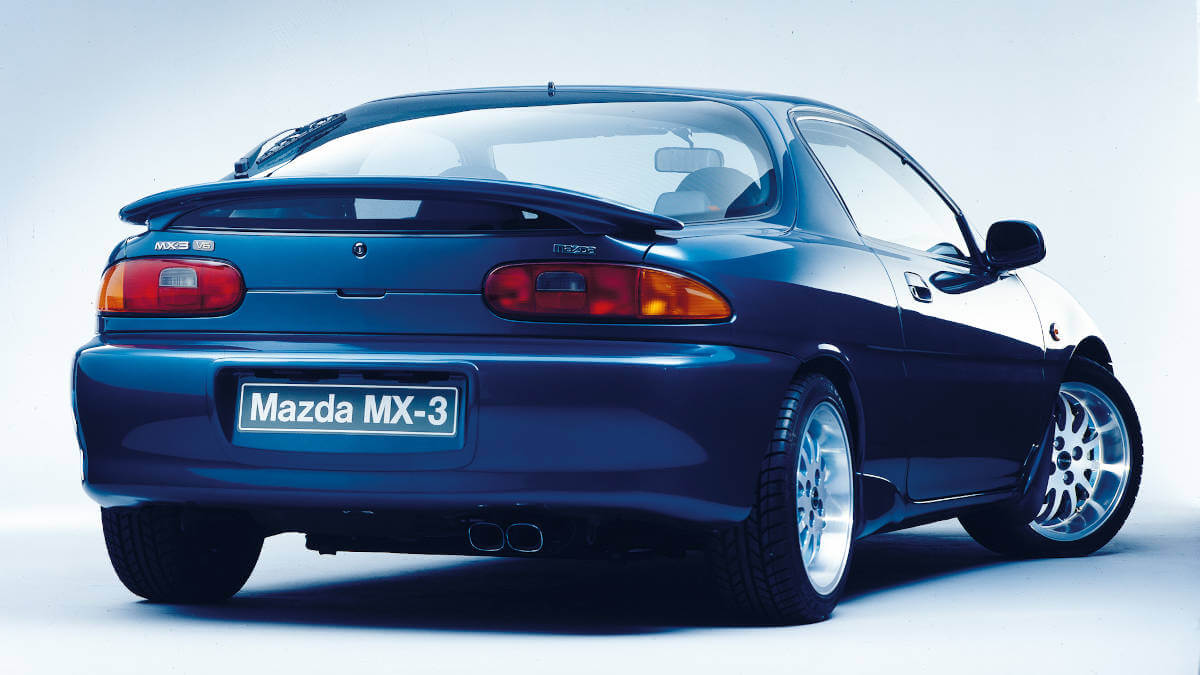

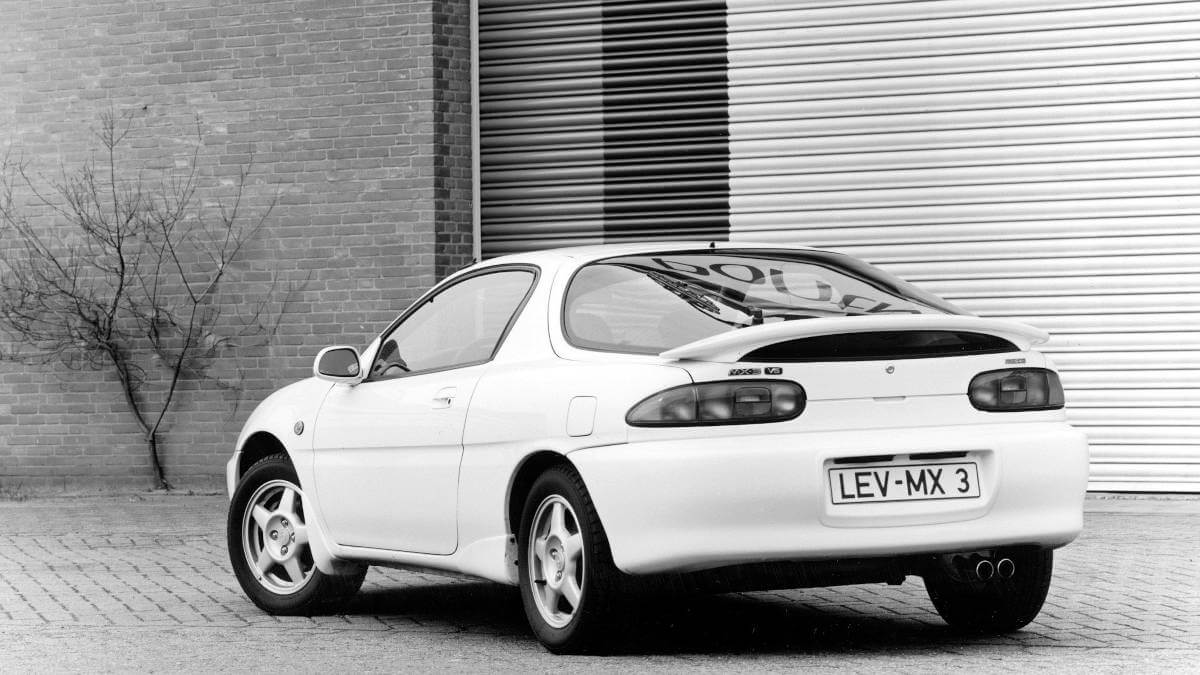

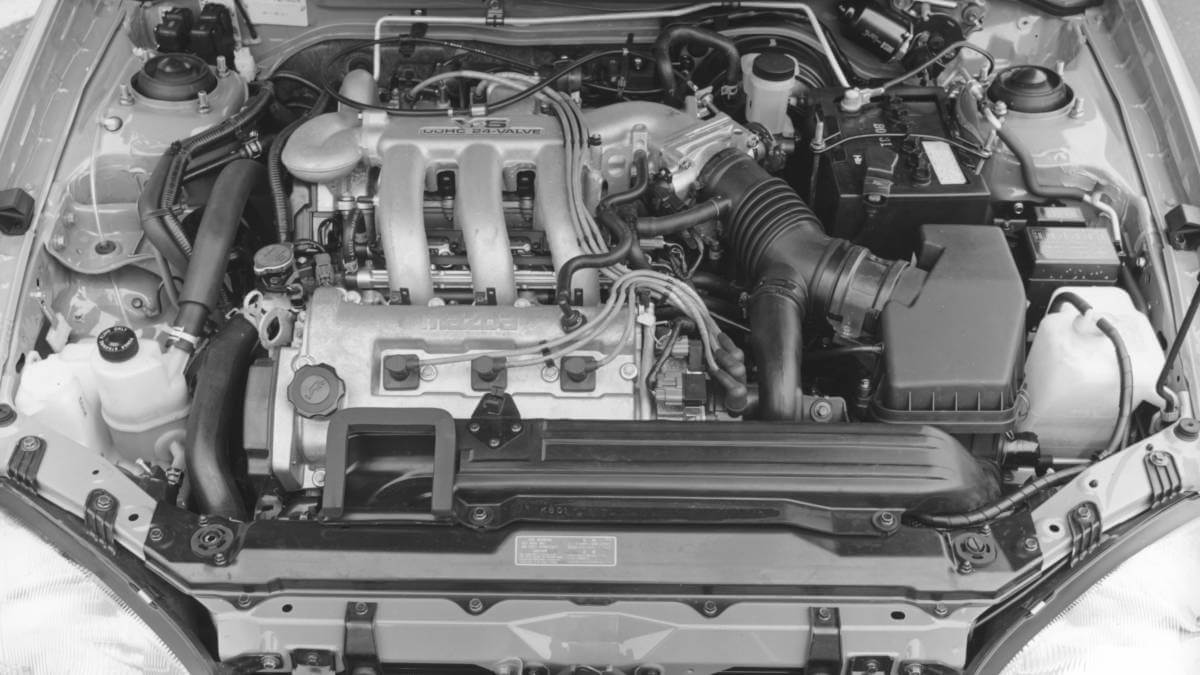

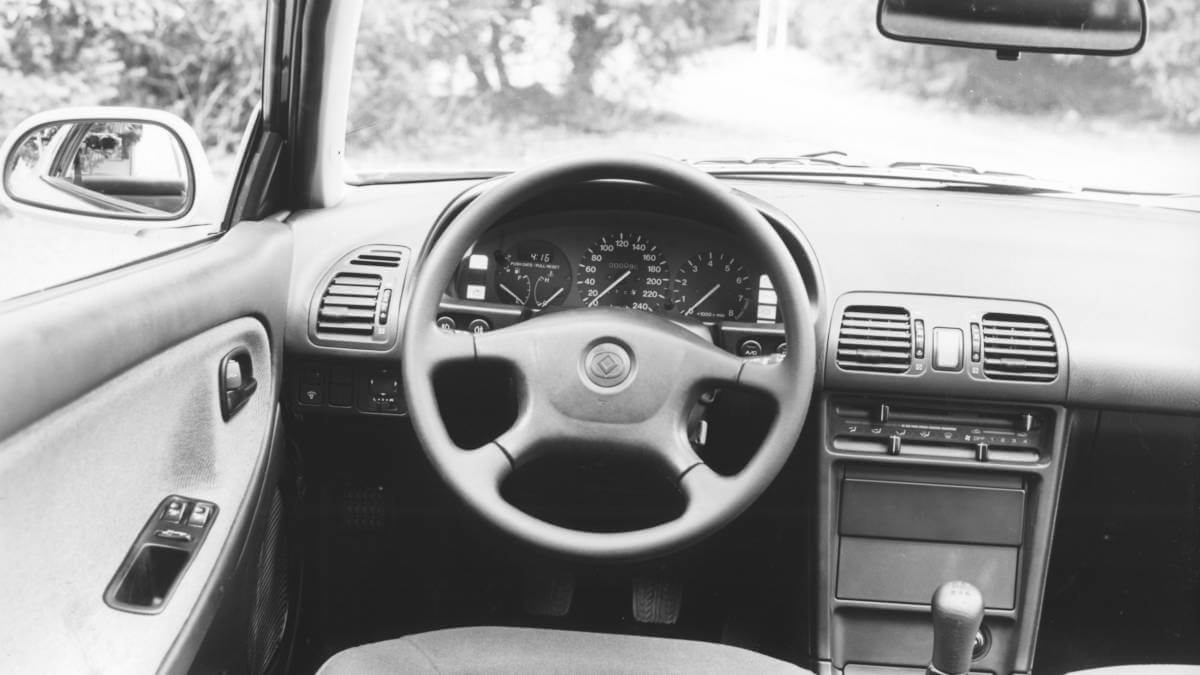



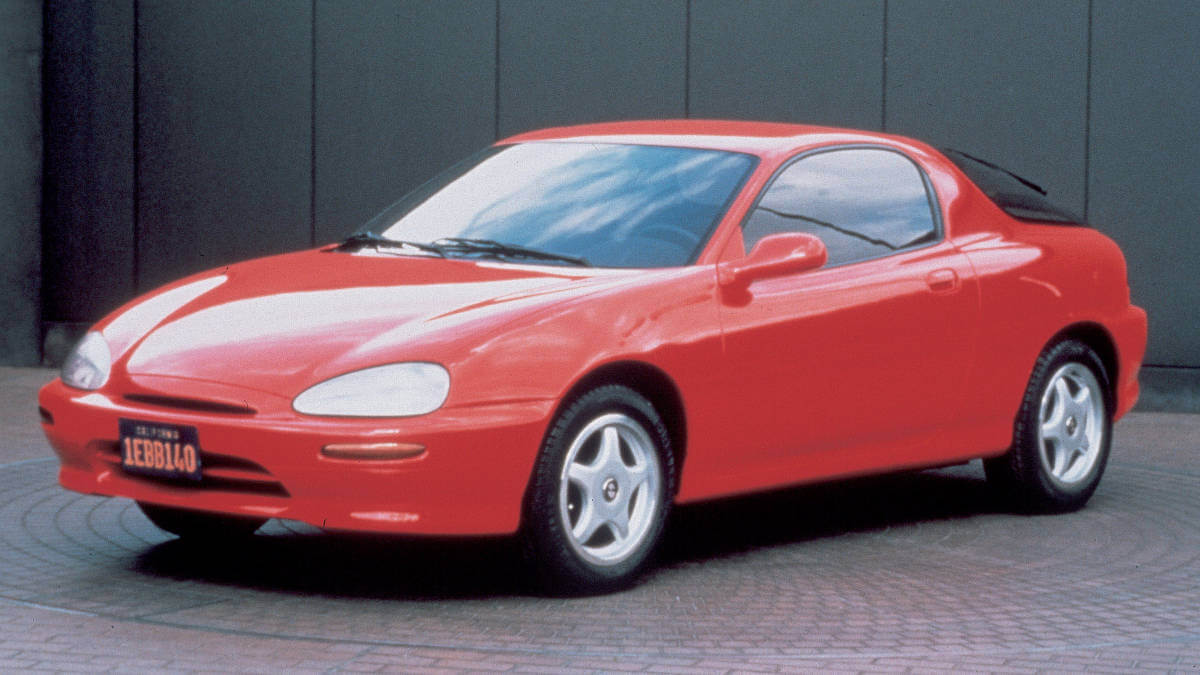

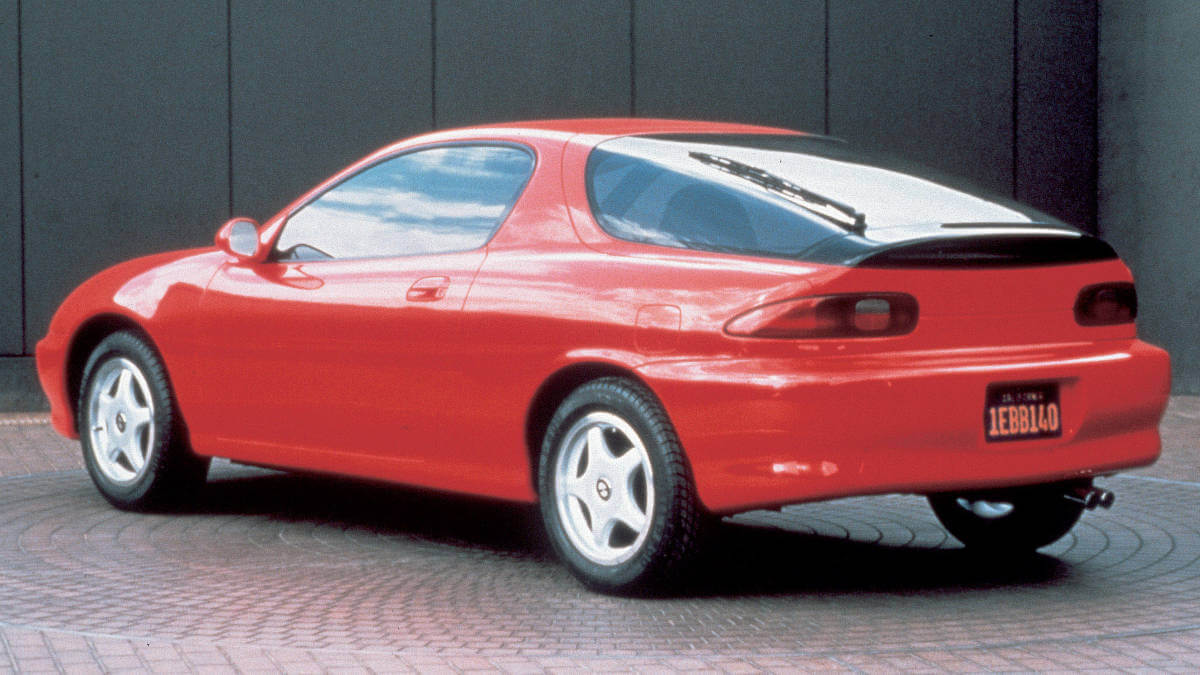

No successor model after seven years
The reason for this was adjustments to the exhaust gas behavior in order to comply with the Euro 1 standard. For 1996, Mazda improved this to Euro 2. At the same time, the Japanese had changed the design of the dashboard and the front seats in the 1994 facelift. Exterior mirrors, power windows and the optional sunroof functioned electrically. The V6 models featured a small rear spoiler as a distinguishing feature. Mazda stopped exporting the MX-3 to the U.S. as early as the end of 1994. Slowly, the Japanese speculative bubble in the real estate market made itself felt in other sectors of the economy. At Mazda, it led to model lines that weren’t selling well being dropped from the lineup rather than being replaced by a successor. Thus, MX-3 production ended in 1996, although the last vehicles produced in stockpiles continued to reach dealers in Europe and Asia as new cars until 1998.
Images: Mazda


